Lara Schenck
Lover of programming, maker of monsters
Category: Research
-
Researching DSL stuff, ended up on context-free grammar
Hastily written post with the results of some free-form Saturday language research.
-
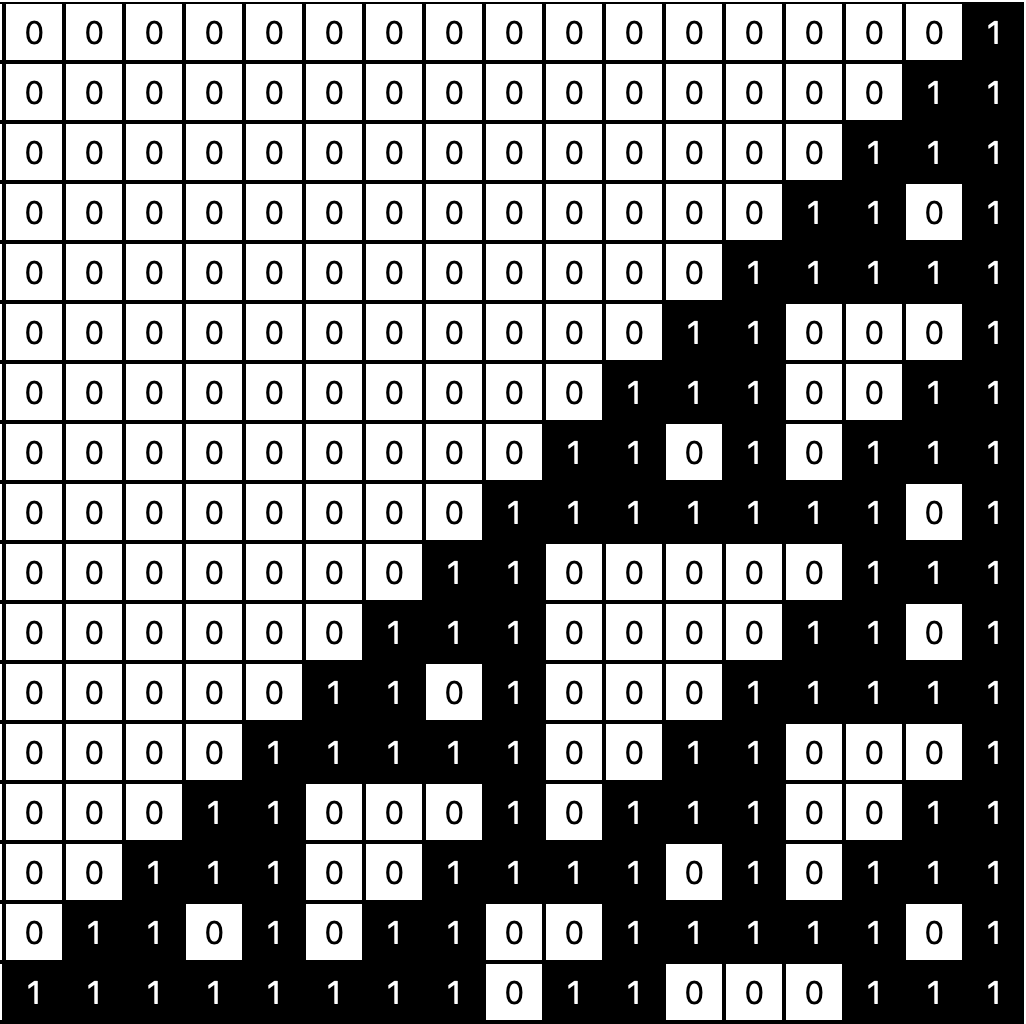
Is CSS Turing Complete?
I took a deep dive into this question, and the answer is: kinda, mostly, yeah! CSS + HTML + user input is Turing complete. Is it possible to remove the user input part? Then I can re-title this post to be more, ahem, declarative.
-

CSS is a Declarative, Domain-Specific Programming Language
Over the past year, I’ve been giving a talk called The Algorithms of CSS, originally created for CSSConf EU. This post covers the first part of my presentation, and breaks down how CSS fits into the categories of programming languages.
-

Resources about Front-end Architecture and Design Systems, etc.
I’ve been researching design systems lately, and this is an evolving list of the resources I’ve found particularly resonant for my purposes. Have anything to add?
-
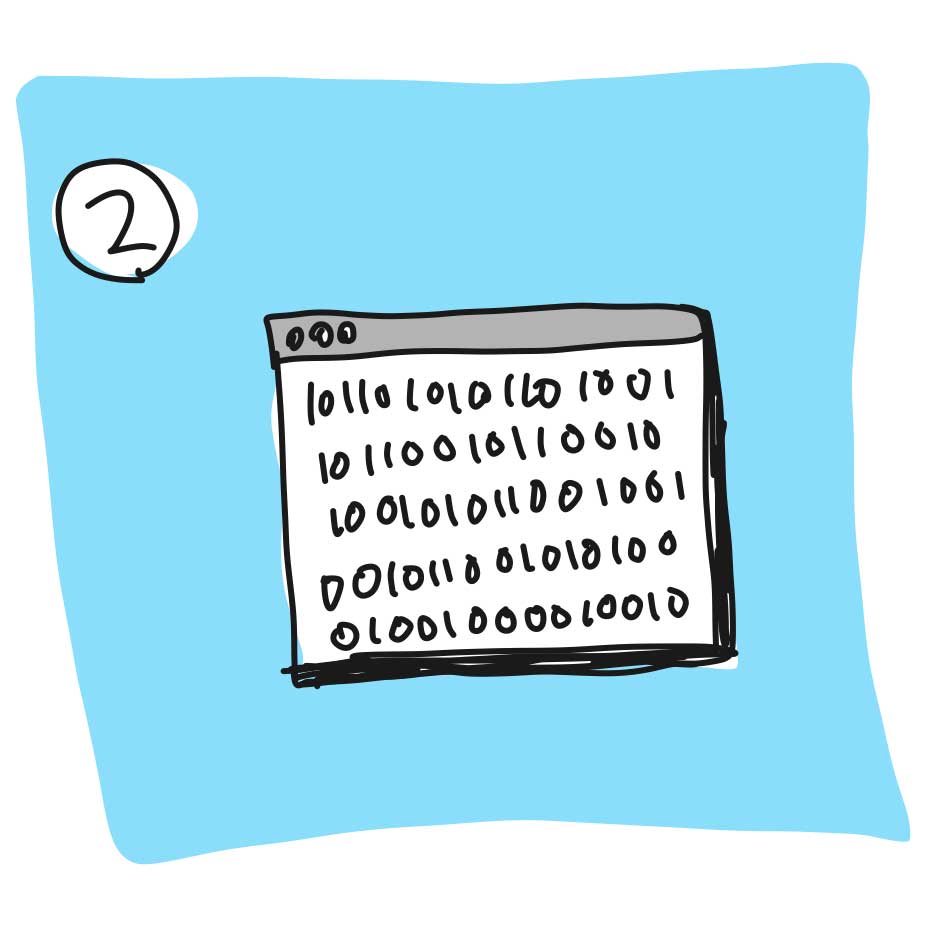
Browser Mechanics In My Own Words, Part 2: The Browser is An Interpreter
The code we humans write cannot be read by computers – it must be translated into machine code. Compilers and interpreters do that, and the browser is an interpreter!
-

Browser Mechanics In My Own Words, Part 1: Decode Bytes to Unicode Code Points
This is the first in a potentially long series about browser mechanics, in my own words. Read on to learn about one of the first steps a browser takes: decoding bytes to Unicode code points.
-
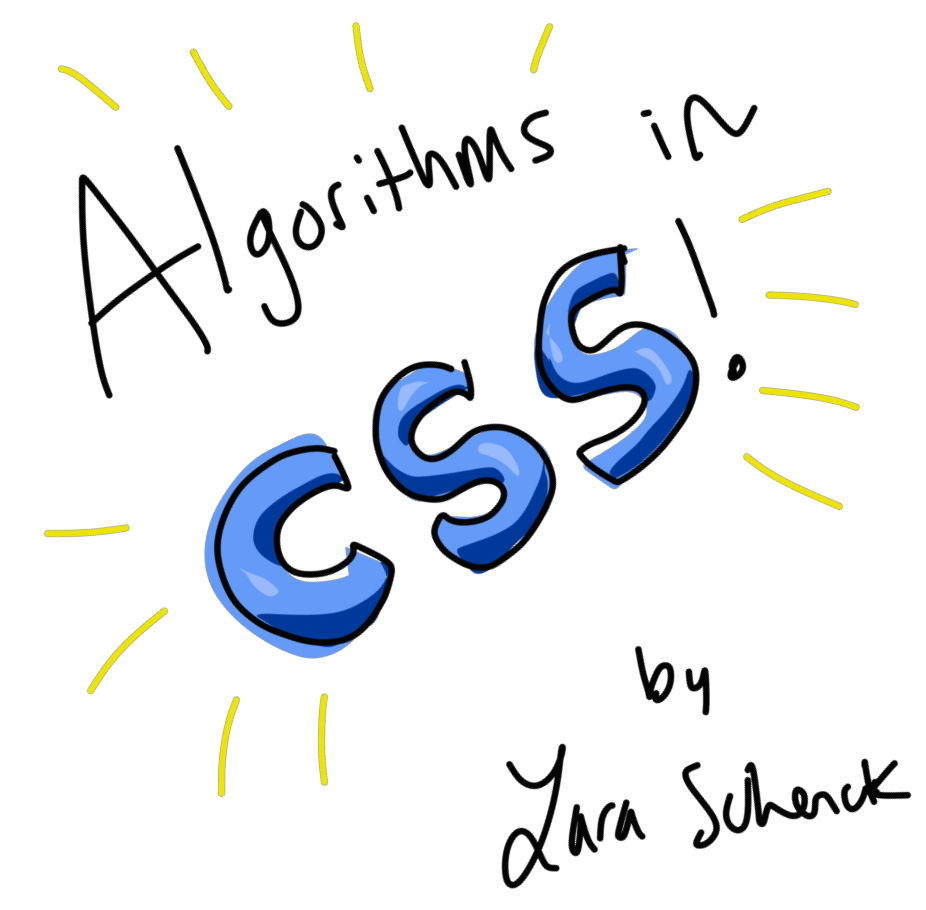
CSS Algorithms: Changelog and Sources
Is CSS a programming language? What is a “CSS algorithm”? Read on to answer these questions, and to learn how CSS fits into the world of programming and computer science.
-
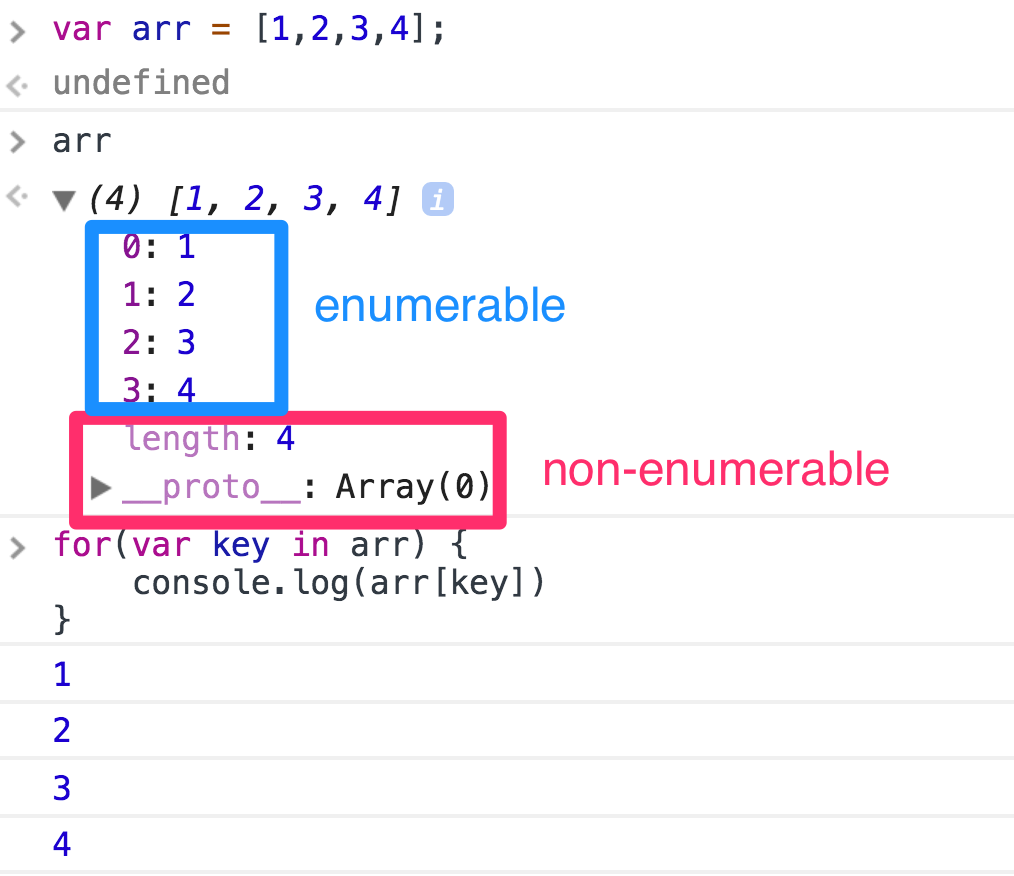
Enumerability in JavaScript, or “why some properties are dimmed in a console.log”
I’d seen dimmed properties before, and I always thought of them as the properties that are there by default, or ones I’m not supposed to manipulate. It turns out that’s pretty much correct. The technical term for that is that dimmed properties are non-enumerable vs. enumerable properties.
-
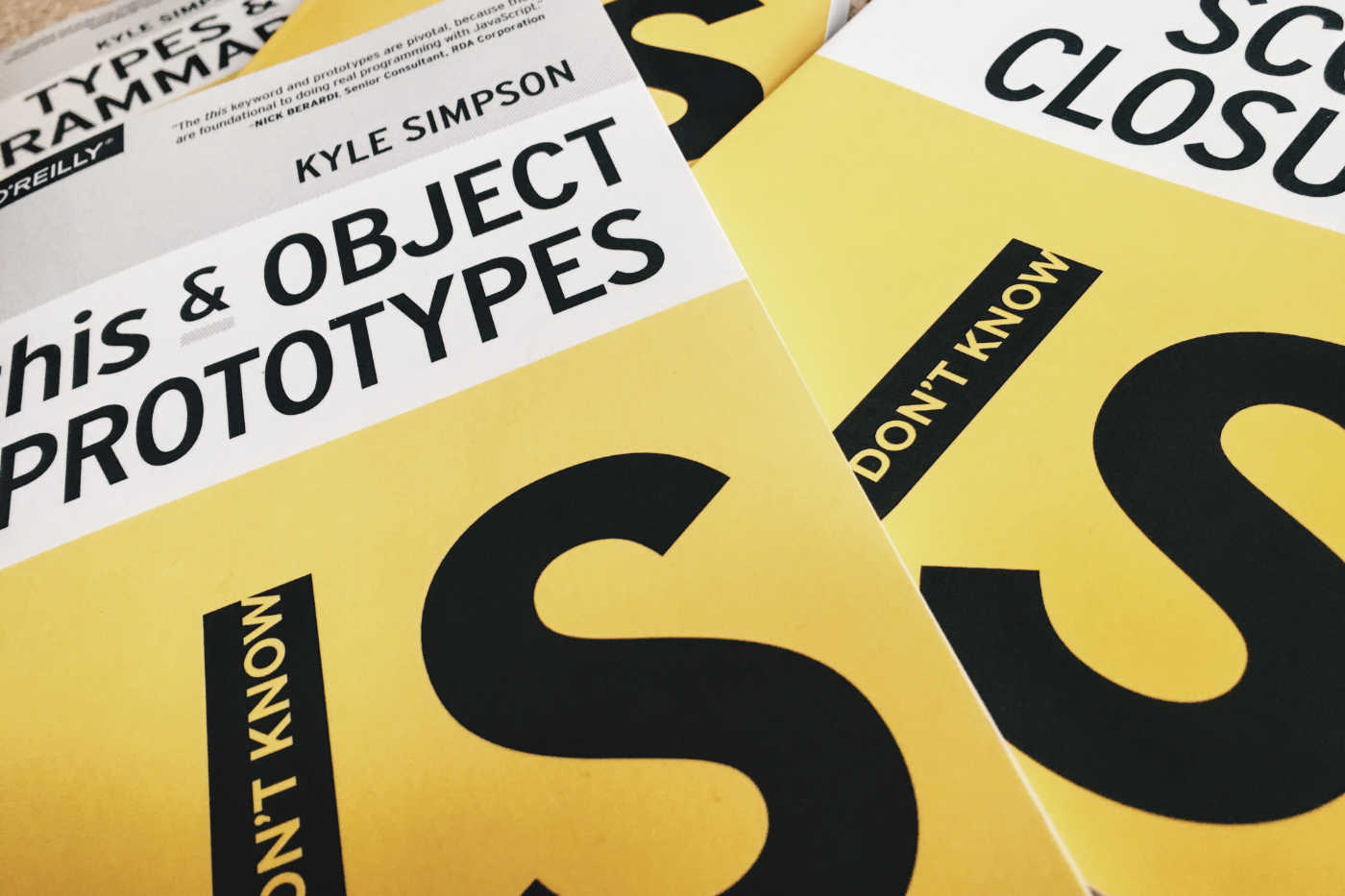
Notes from Kyle Simpson, My JavaScript Spirit Guide
A few key takeaways from the course “Deep JS Foundations” on Frontend Masters, taught by Kyle Simpson who I now declare my JavaScript Spirit Guide.
-
Day 6: Algorithms – Sorting Algorithms in JavaScript
Algorithms have got a bad, scary, rap. And you know what? It’s for good reason – understanding an algorithm is pretty doable, but implementing an algorithm in code of your own? It’s hard. I went through writing some common sorting algorithms in JavaScript with lots of help from the Internet. Take a read!
-
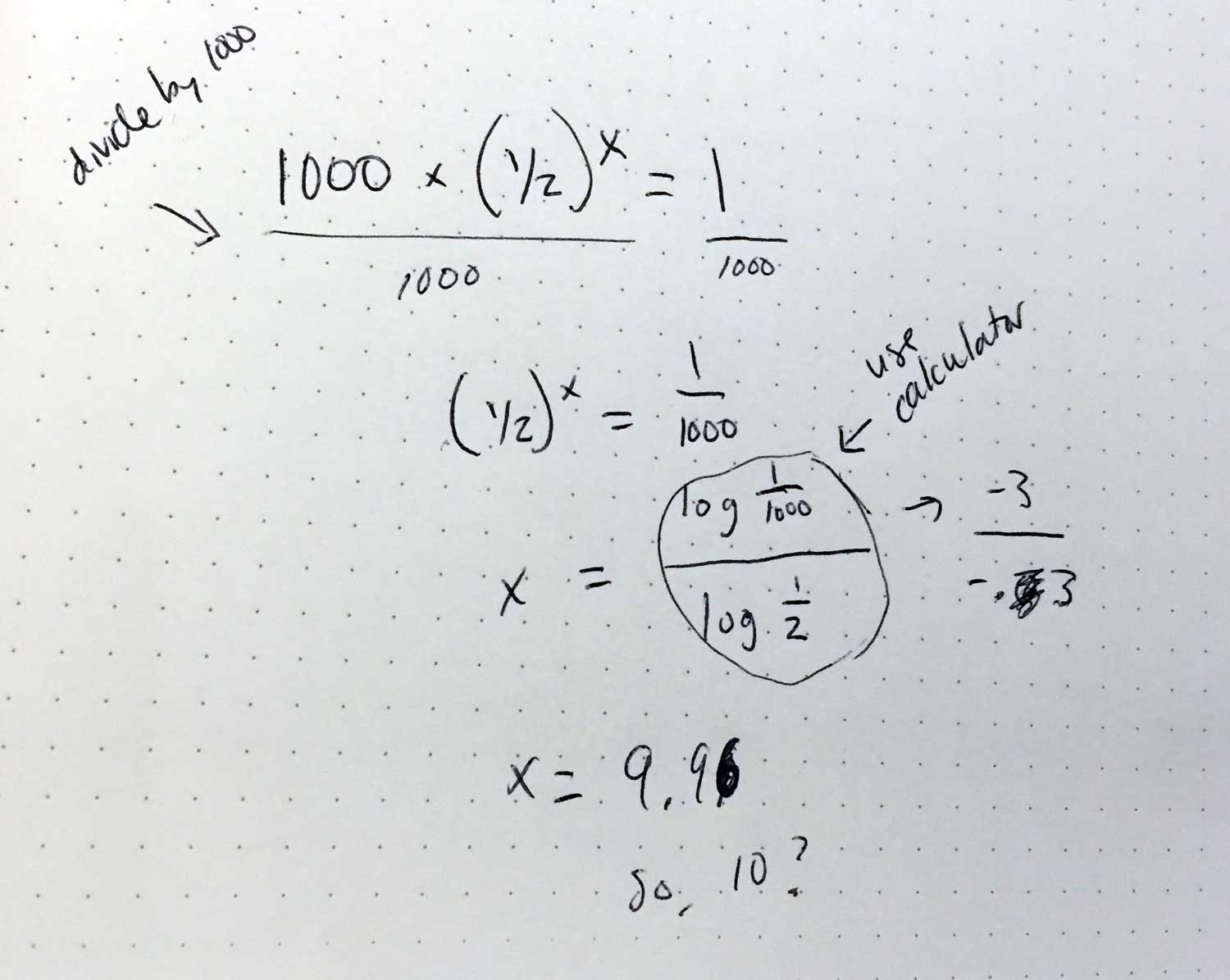
Day 5: Algorithms – Logarithms, Big-O, & Binary Search
If I told my 16-year-old, art student self I’d be writing a blog post about logarithms, I wouldn’t have believed it. I’ve tried hard to avoid math for much of my life, yet here I am, not only learning about it but enjoying it! This post is an outline of what logarithms are and how…
-
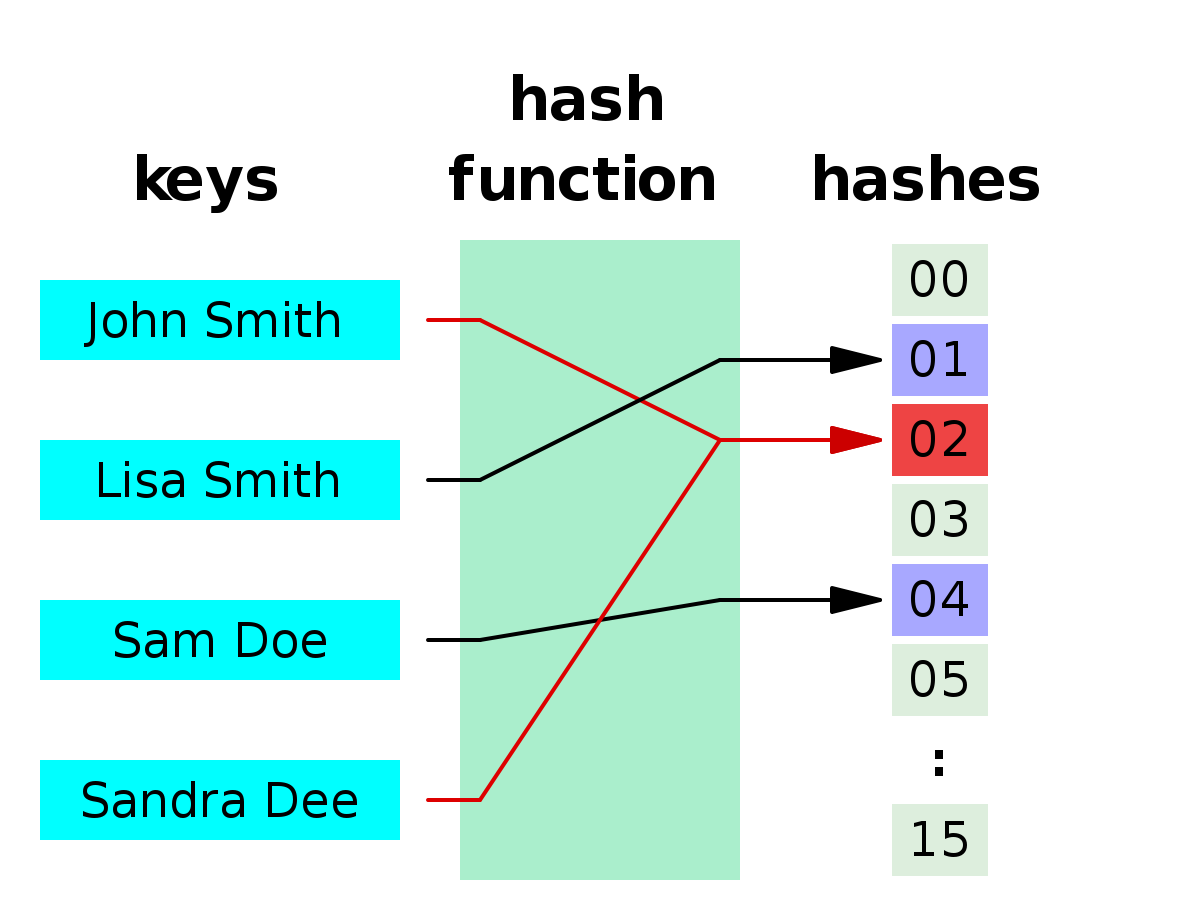
Day 4: Data Structures – I Made a Hash Table
Apart from hashtags, my association with hashes is encrypting passwords in a database. That association is correct in terms of what a hash is, but there are also hash tables, hash functions, hash maps, and oh my gosh, more hash things for sure. Let’s focus on a hash function and a hash table and building…
-

Day 3: Data Structures – Stacks & Queues
Stacks and queues are quite similar in that they are both linear and abstract data structures (meaning they describe the behavior of a different data structure, like a linked list or array). All the action in terms of adding and removing items happens at their ends, and their main difference is in which end that…
-
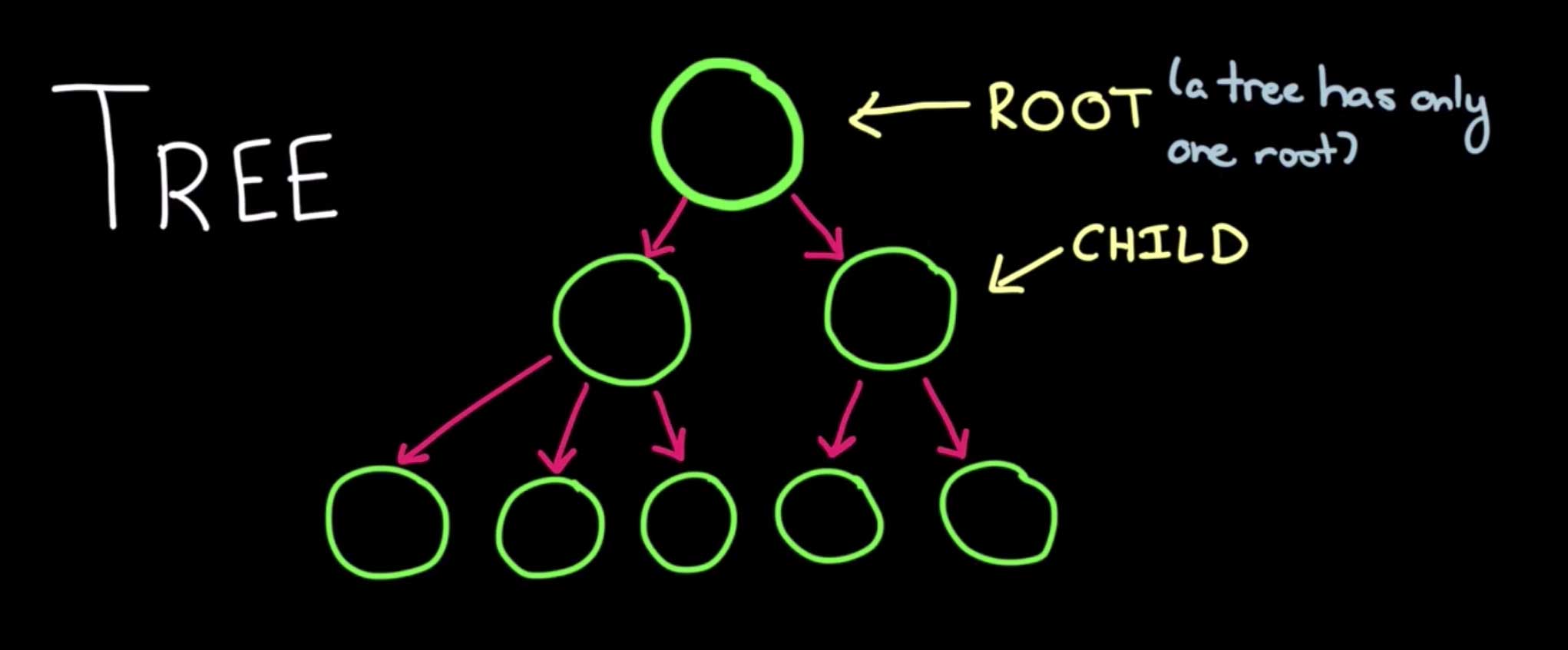
Day 2: Data Structures – Trees!
Day 2 of Data Structures…let’s talk about trees! What is a binary tree versus a binary search tree? Isn’t the DOM a tree? All of this and more!
-
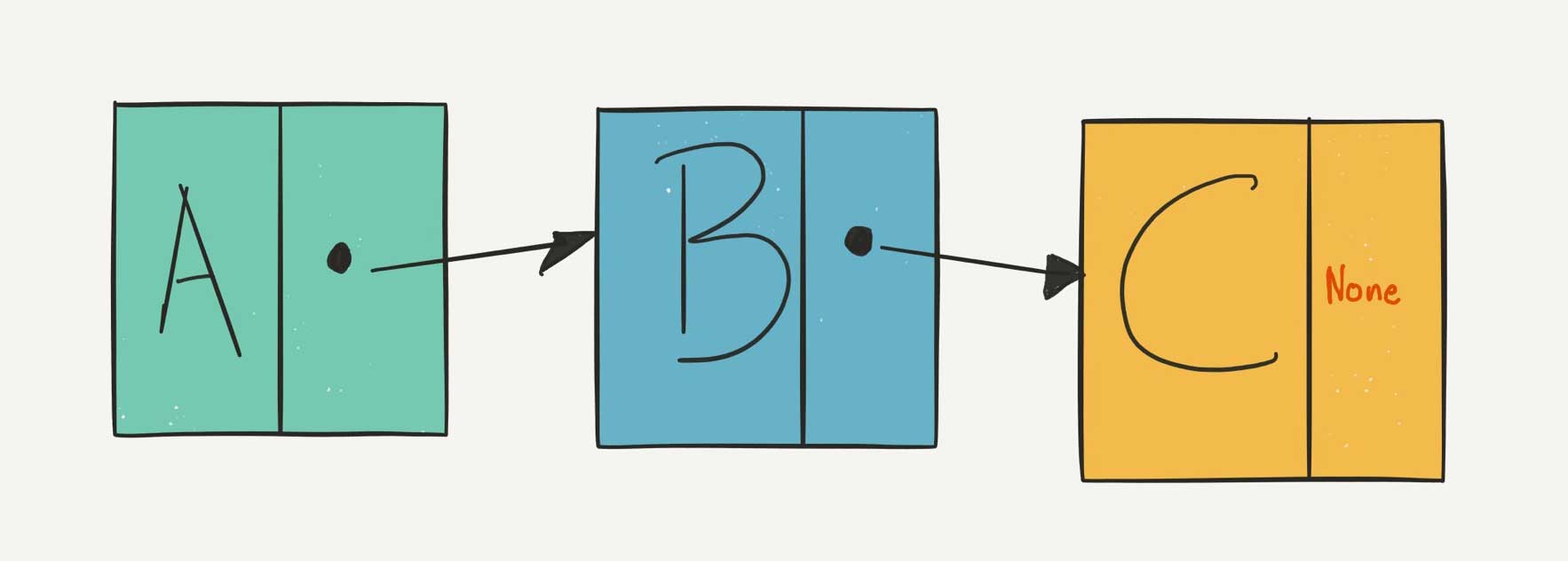
Day 1: Data Structures – Linked Lists
Linked lists are very similar to arrays in that they are a one-dimensional list of elements. Unlike arrays, however, in a linked list, you cannot just jump to index 4, you have to walk through the list, starting with the “head”, or the first element in the list, and work your way through to the…